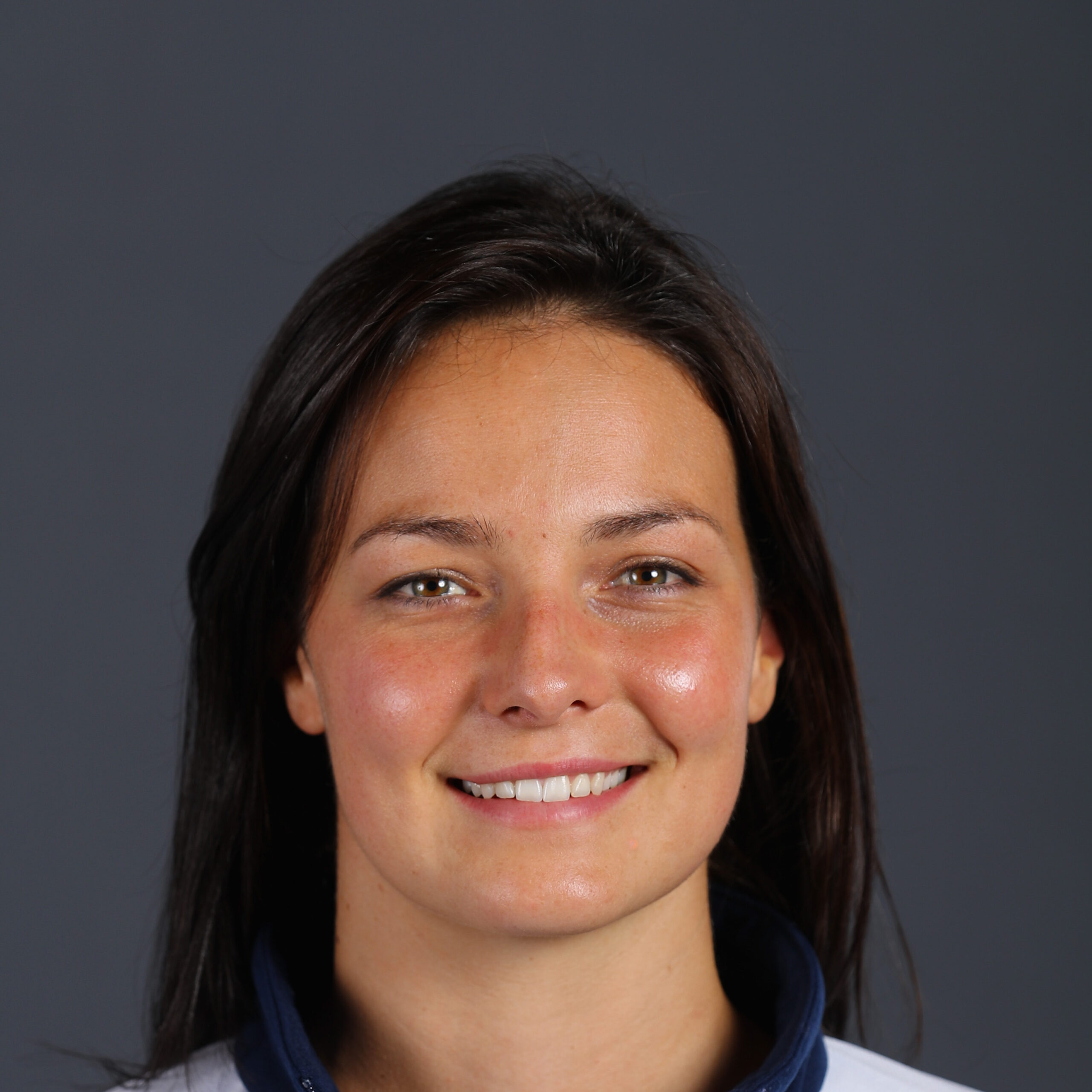The most important thing to be aware of when competing in an Ironman race or beyond is that you make sure you can swim that distance (3.8km or beyond). As a long-distance athlete you should already have this nailed, and you should be aiming to do at least 4-5 sessions a week of at least an hour each session.
Ironman-distance triathlons: the 10 best European Irons for beginners
Confidence is key at this level, which will come with plenty of practice. Then it’s just a case of getting on with it, gritting your teeth and knowing that there will be things in there that aren’t very nice and that you will inevitably get hit a few times. But there are also several other ways in which to improve your overall swim performance…
Drafting
I prefer not to draft as I prefer to get out in front and lead, because that way I’m not in a fight and I control the race, the pace, the tempo and the direction. But I do know that the best place to draft is just behind the feet.
Three steps to practising your swim drafting until it's perfect
Buoy turning
If you’re in the pack, try and get as close to the inside as you can. You don’t want to be on the outside because you want to try and turn around the buoy tightly. Take it too wide and you’ll lose a lot of distance. If you’re leading, again just make sure you take it as narrow as you can. At the last second, just before you do a 90° turn, do one backstroke stroke to swing round it.
Best technique for swimming round buoys in a triathlon
Crowd control
Basically, just try to keep out of the crowd as much as possible. If you’re in the crowd and you’re getting hit, try and move out to the side. You’ll waste a lot of energy fighting others, so stay to the outside. If you get hit and it feels deliberate, then the best way to defend yourself is to firstly try and be aware of where they’re coming from and then widen your stroke and make your elbows a little higher.
Open water swim: Crowd control tips
Technique Try to keep your stroke length as long as you can, so that you can keep momentum moving forward, and maintain nice high elbows when you’re doing your pull. You also want to keep from your wrist to your elbow straight. But don’t be too rigid with your hands and fingers – they need to be together but relaxed.
Breathing and sighting
Breathing is very specific to the individual, but make sure you keep a constant pattern. You want to incorporate your sighting into your breathing so that you waste less energy (see below for more).
Three steps to better swim sighting
OPEN-WATER SWIM SESSIONS
The following sessions are designed for long-distance triathletes looking to improve their open-water performance…
Aerobic base
Aim To work at 30BBM for as much of the set as possible. The turn-round time should be constant throughout the set and give roughly 30secs rest after each interval. Session 10 x 200m working at 30BBM with 30secs rest after each 200m.
Speed
Aim To increase the athlete’s ability to respond quickly to other athletes, change speeds during the race and still be able to finish quickly. Session 10 x [150m steady, 15secs rest, 50m fast, 30secs rest].
Over distance
Aim It’s important to have the confidence of knowing you can swim further without stopping than the distance you swim in a race. Session 3,000m straight swim or 2 x 1,500m (over 4,000m once you include warm-up and cool-down).
Power
Aim The main propulsion during the race will come from the arms. So it helps to sometimes isolate the arms on main sets to help increase the power generated, which means you’ll cover more distance with each stroke. Session Set distance of around 1,500-2,000m using pull buoy and hand paddles.
Warm-up and cool-down
All four sessions should begin with this warm-up: 1,000m mixing up swim/pull/kick drills on all strokes. Can be split into any distances such as 20 x 50m, or 400m swim followed by 8 x 75m.
Warm-down of skills and recovery, again mixed up into any distance.
Related:
How to improve your Ironman swim
Open-water swim technique: 11 common mistakes triathletes make
Keri-Anne is involved with the Nokia Outdoor Series. For more, visit www.nokiaoutdoorseries.co.uk.
